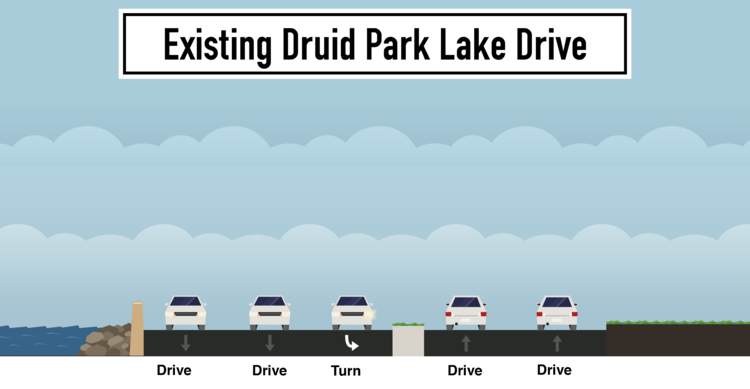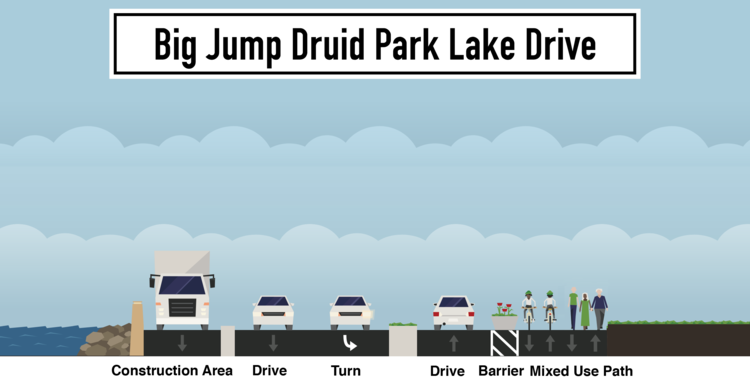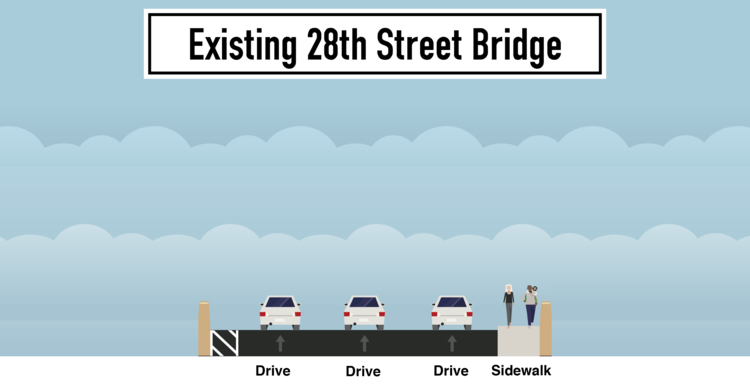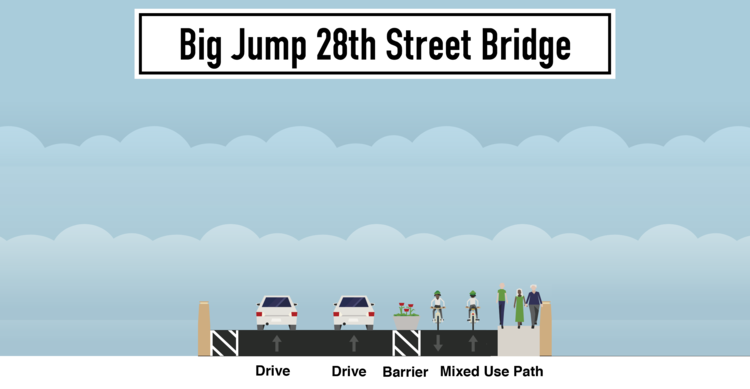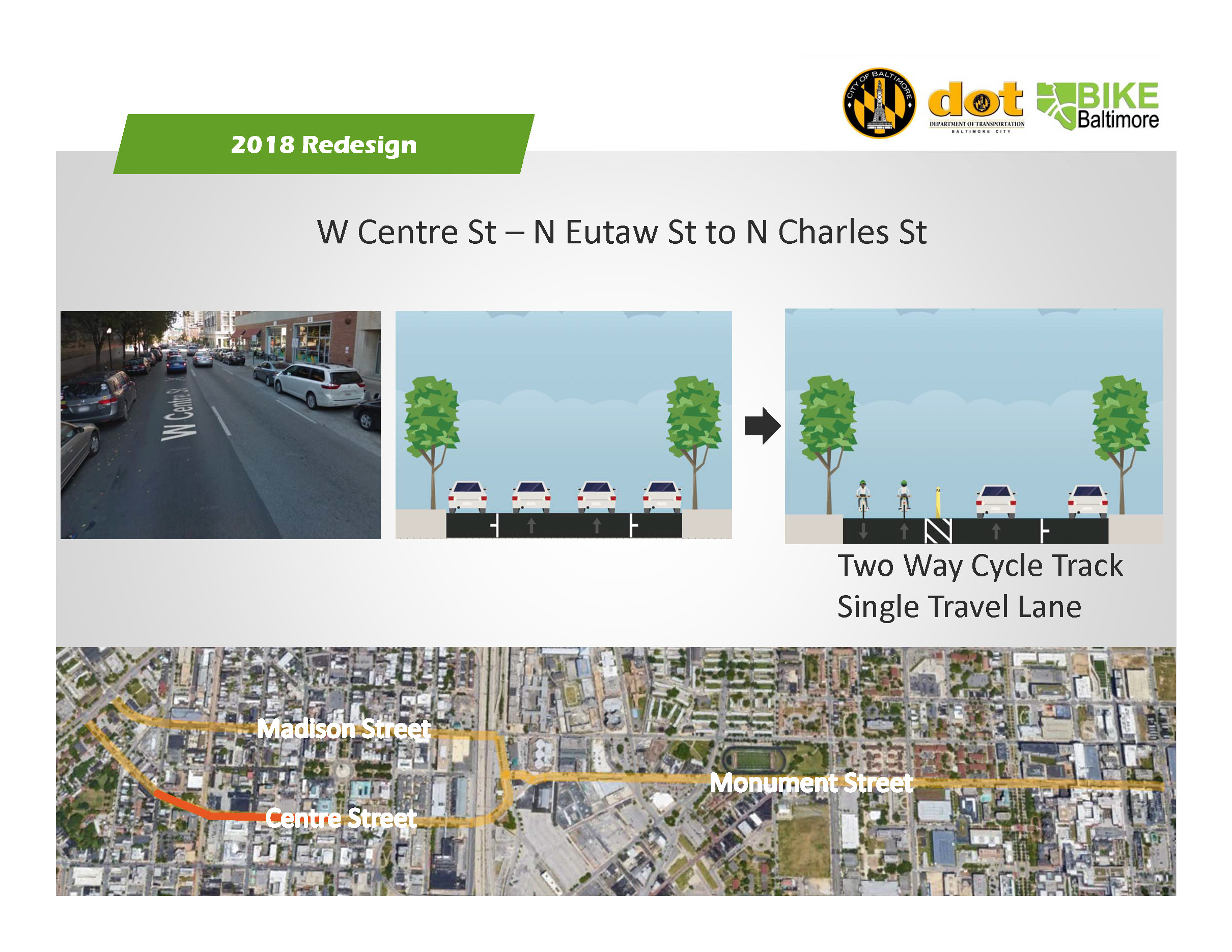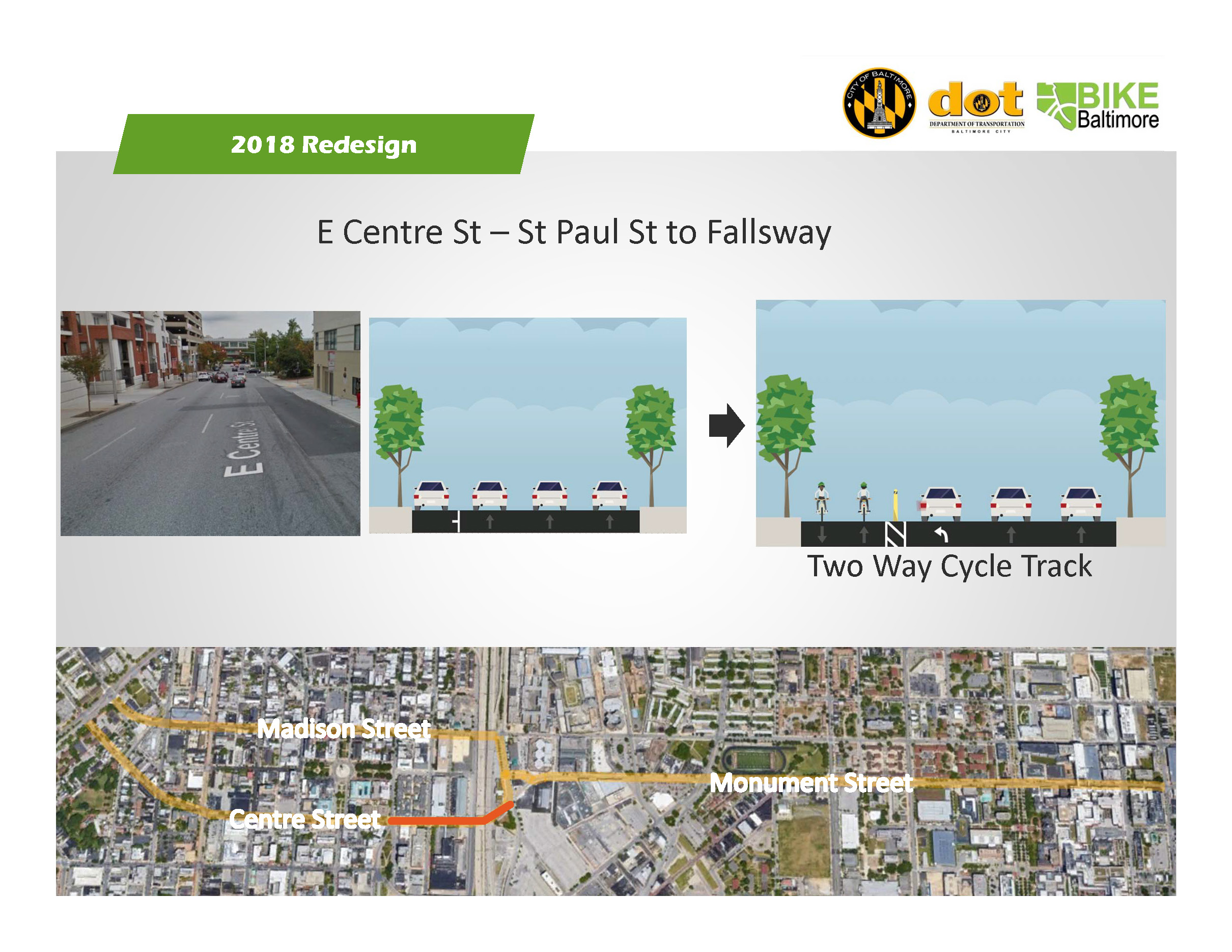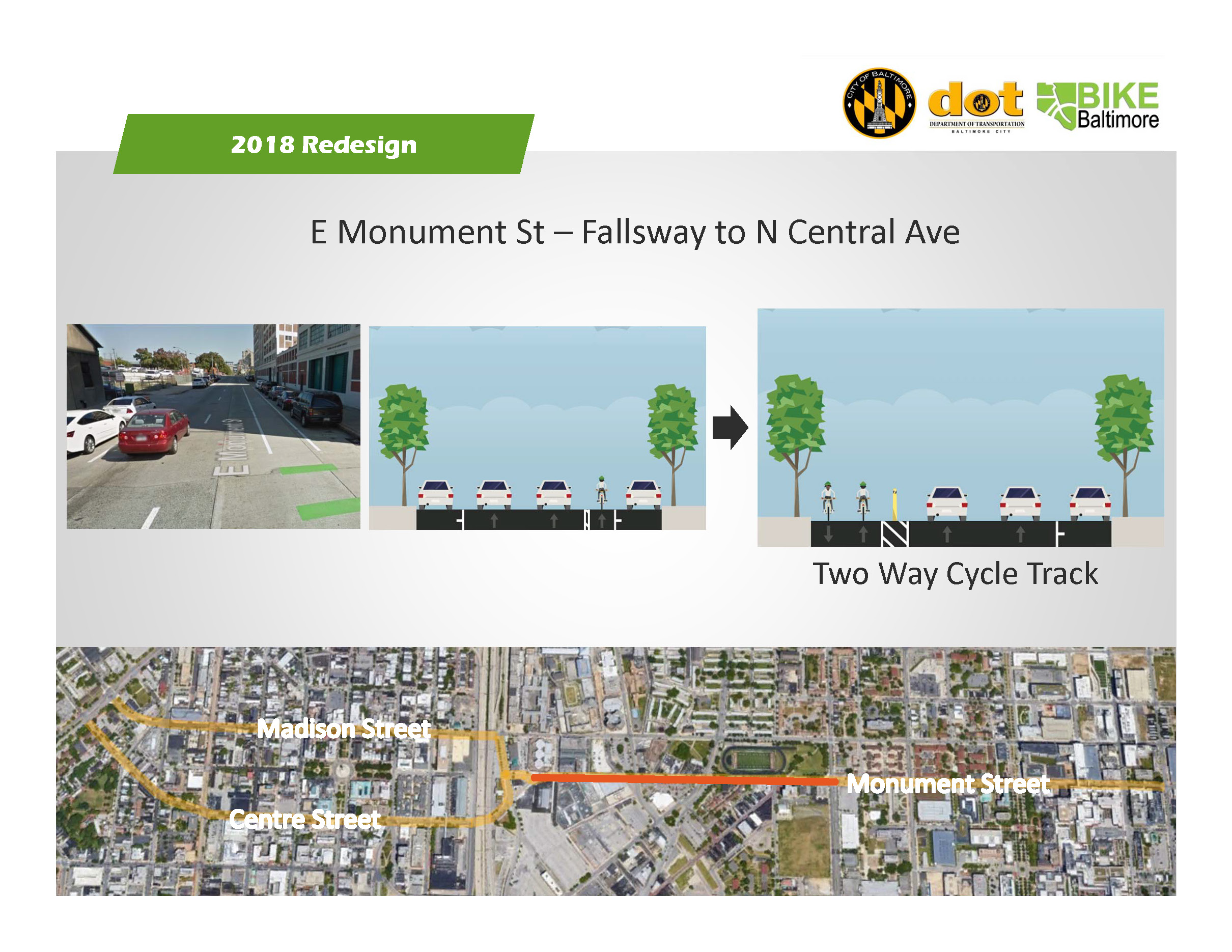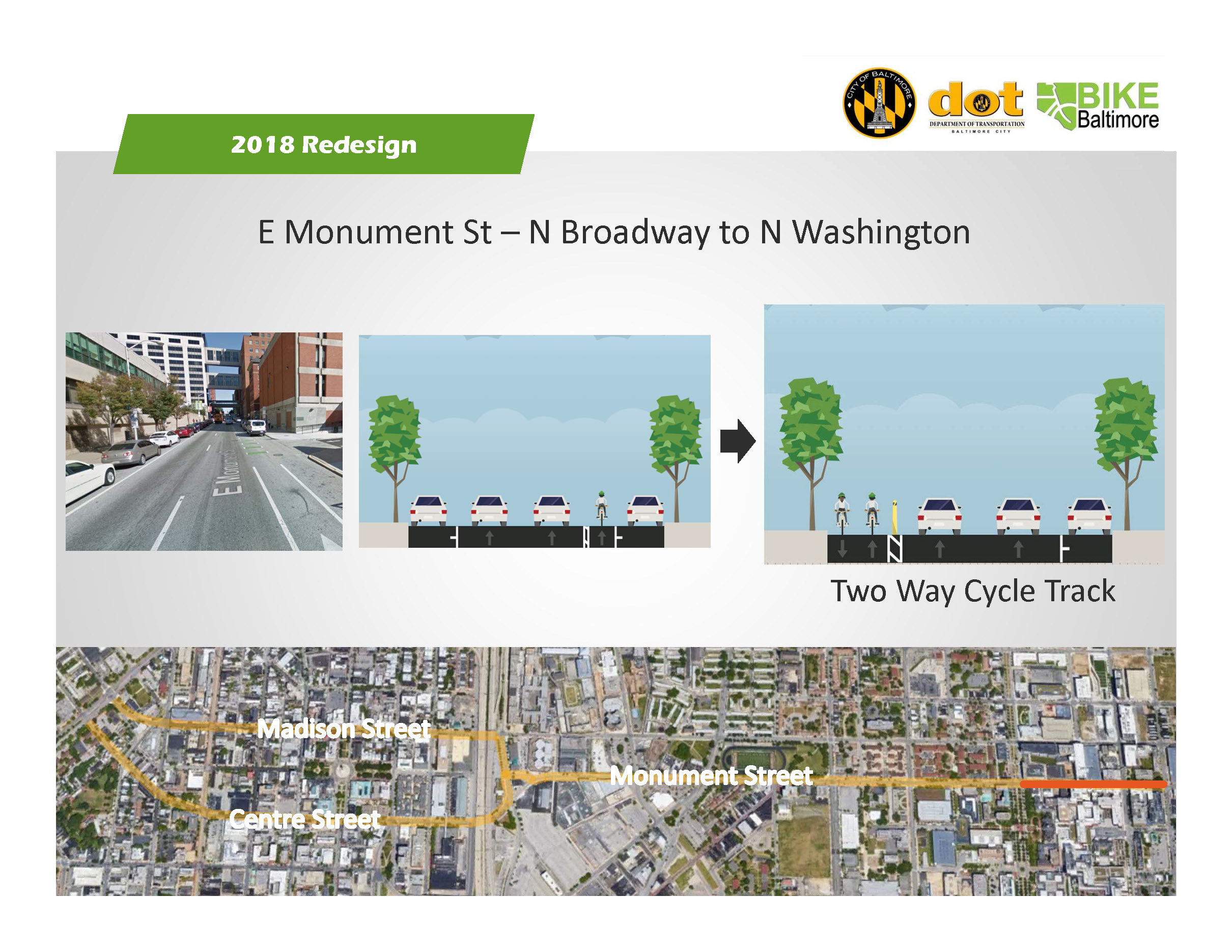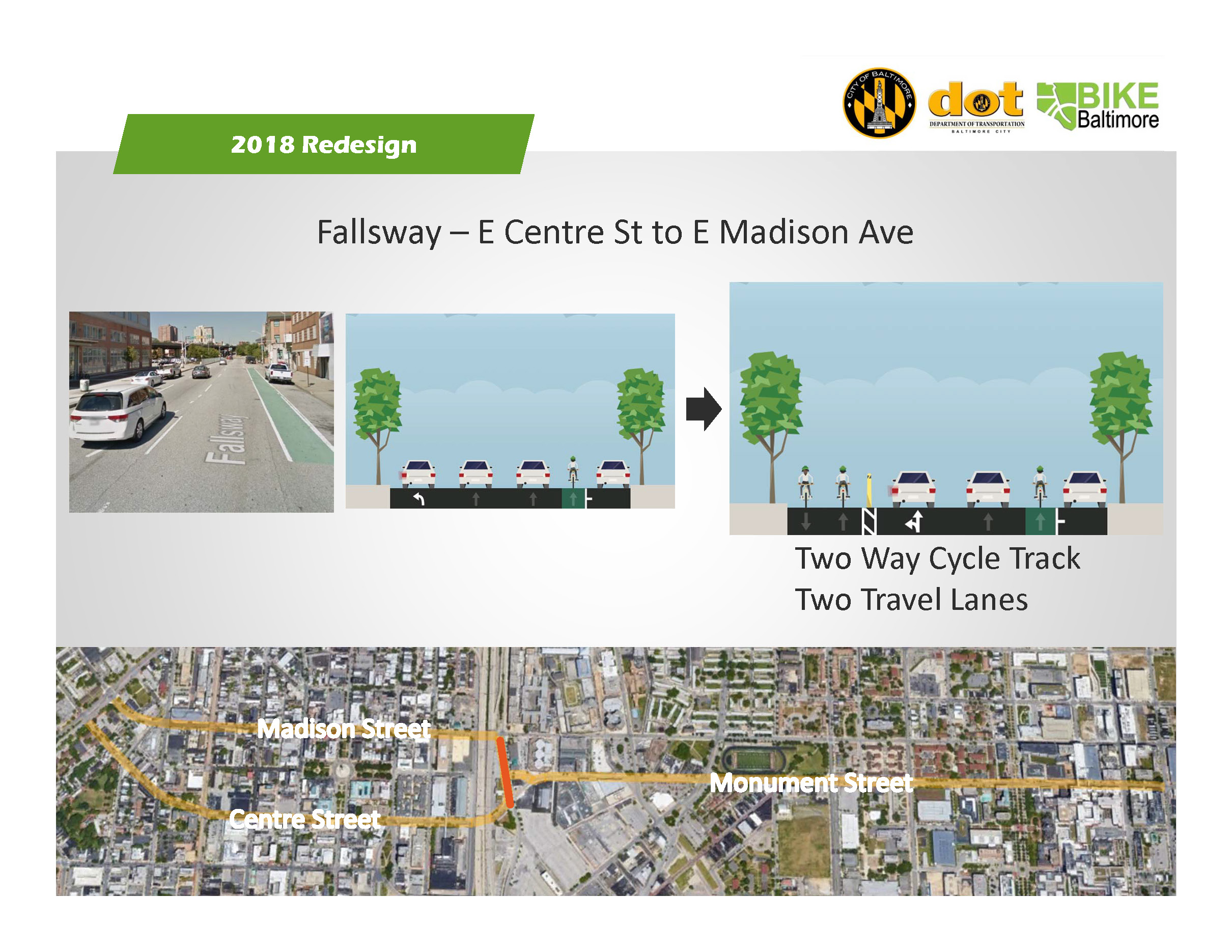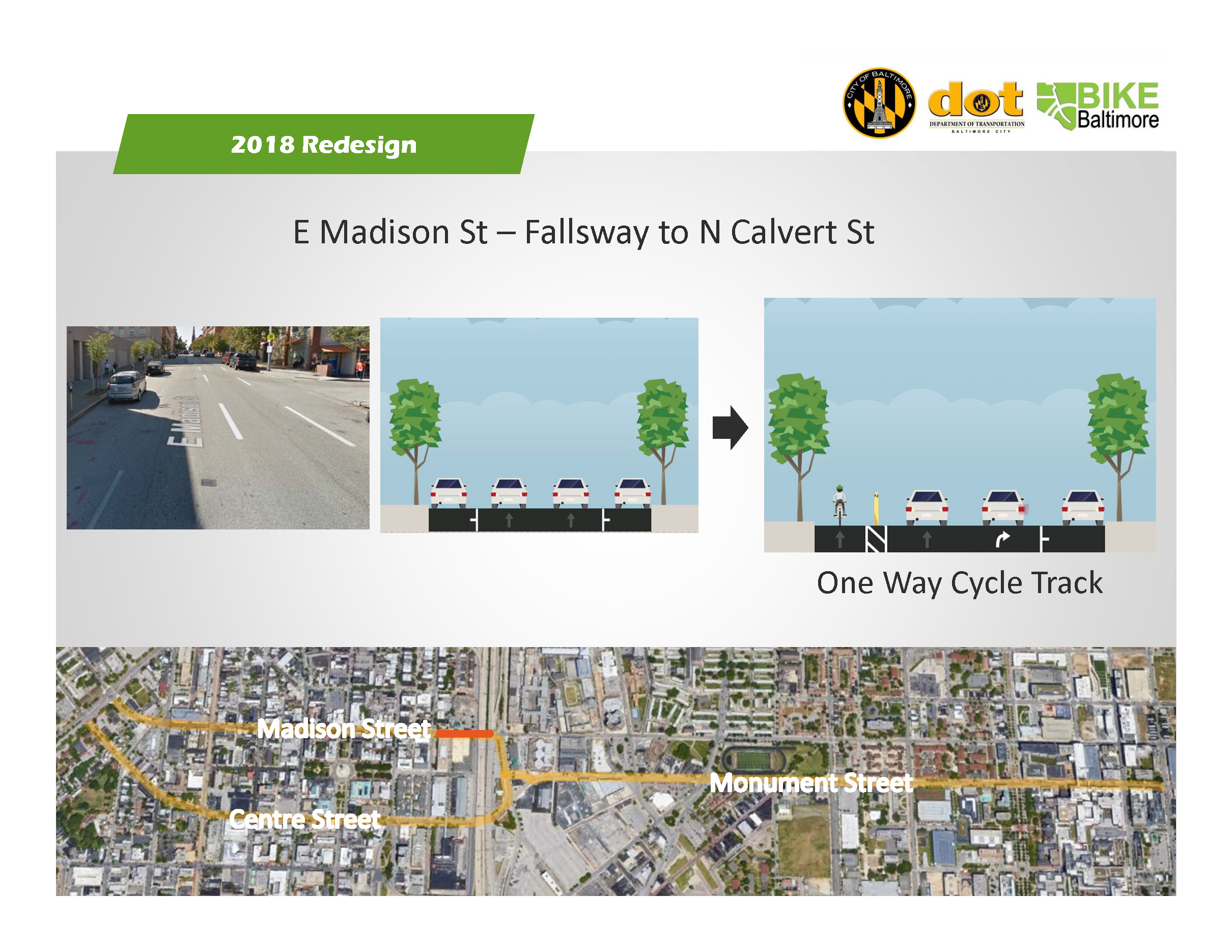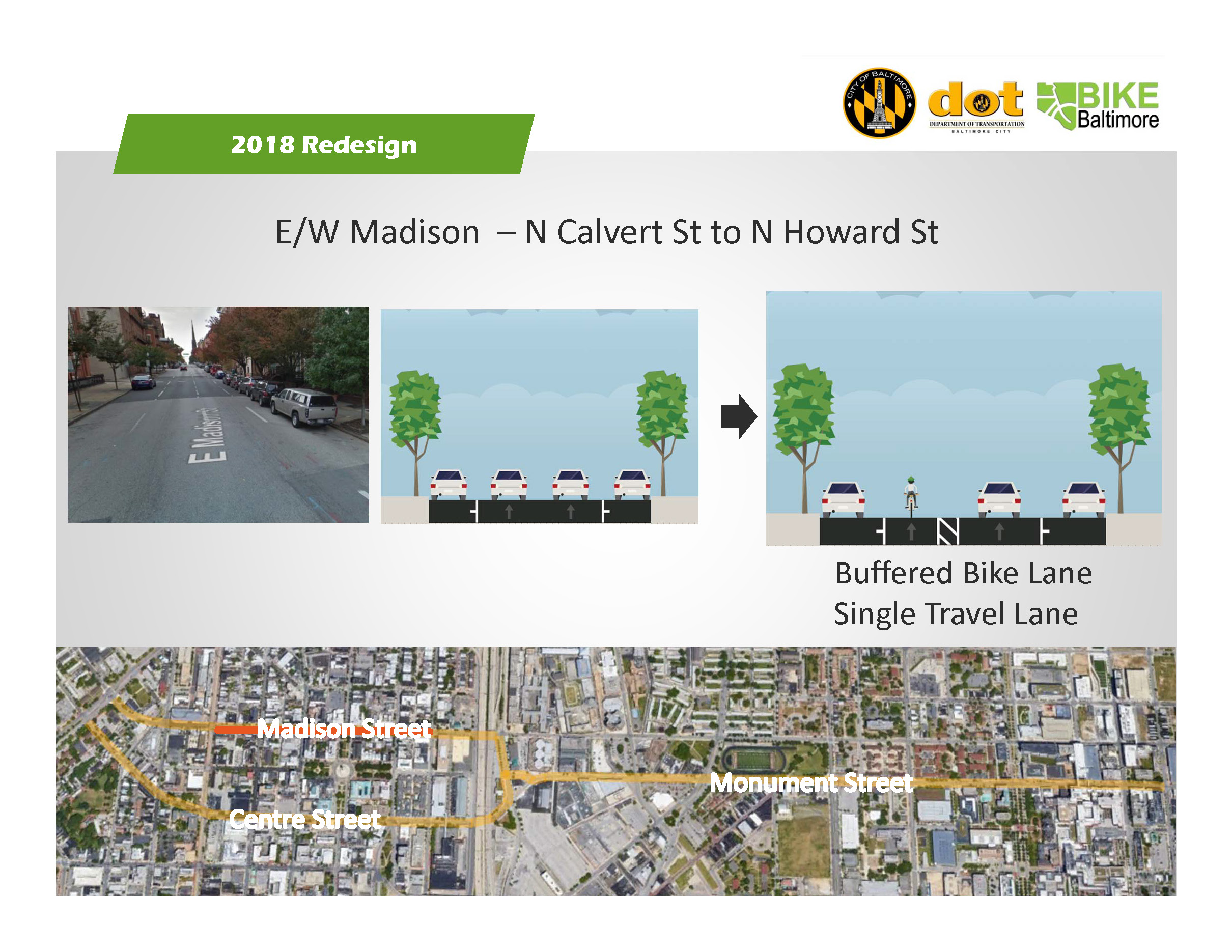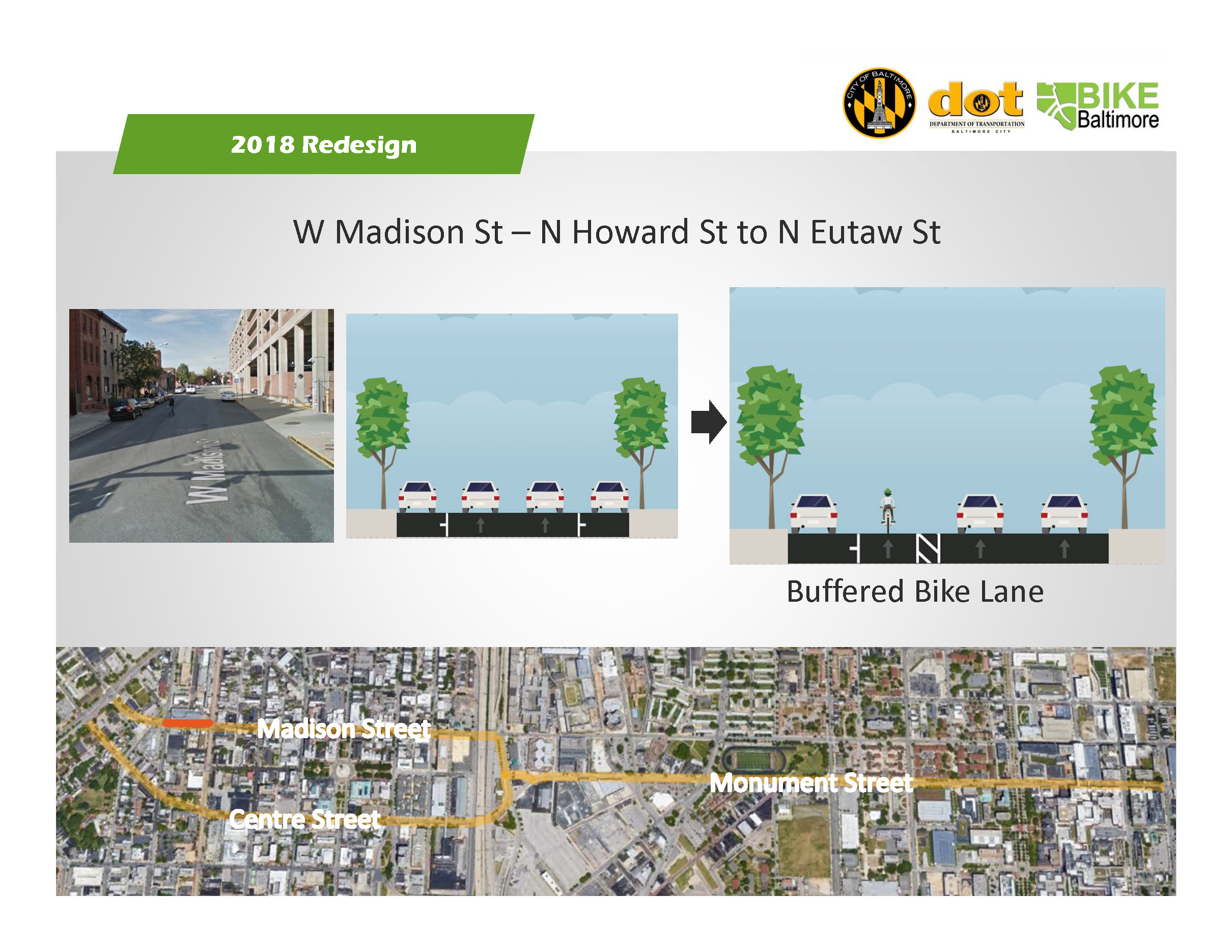Residents using the new #BigJumpBaltimore connection
A post from Liz Cornish, Bikemore Executive Director
It has been a good couple of weeks for bike advocacy. We saw the installation of #BigJumpBaltimore, a one mile walking and biking path that creates a safe connection across the Jones Falls Expressway. One of the highlights has been hearing from residents of Lakeview Towers who can finally travel to Remington to access amenities on their mobility devices--demonstrating once again how our work is about so much more than bikes. This project represents an innovative partnership between Baltimore City DOT, the office of Councilman Pinkett, PeopleForBikes, and Bikemore. It also demonstrates that the city has the capacity to engineer and install transformative projects quickly when the right folks come to the table. We look forward to advocating for this approach to be applied to other neighborhoods seeking solutions to improve safety, calm traffic, and improve mobility of residents.
City Council Hearing on BCFD video that deployed a truck in front of Liz Cornish's home.
Councilman Dorsey introduced Council Bill 18-0259 – Fire Code Appendix D Repeal which is scheduled to be voted out of second reader on August 6th. This would resolve the year and a half long struggle to design streets that follow NACTO guidelines by eliminating the overly restrictive portions of the International Fire Code that require 20-26 feet of clear width. The bill has support from both Complete Streets advocates and real estate developers who want to incorporate Complete Streets in new developments.
But we've also seen setbacks, including the press release issued late yesterday evening from Baltimore City DOT regarding next steps for Roland Avenue. After three years of protracted debate, fiery public meetings, multiple perspectives from residents being shared, and countless DOT resources expended, the Baltimore City DOT has announced they are hiring a consultant to continue the process of finding a permanent solution for Roland Avenue.
Interim steps will include a pilot to reduce sections of the road to one lane and retention of two speed cameras along the corridor, both of which we support. The plan also calls for restoration of curbside parking on several blocks along the facility, which we do not support. These blocks happen to be where establishments attended by the largest critics of bicycle infrastructure are located. Piecemeal removal of protection on the Roland Avenue facility cripples the all-ages nature of the design and makes a confusing mess for all road users to navigate. New riders won't try biking on Roland Avenue, and existing users will face increased danger. It is a choice to value the convenience of curbside parking over the safety of vulnerable road users.
The opportunity was there for Baltimore City DOT to make a decisive move and select their own preferred option. It had strong citywide and Roland Park community support, and would have reduced the corridor to one lane and widened both the parking and bike lane. This solution addressed all valid stakeholder concerns and would have cost the city significantly less than a full redesign. We see the decision to devote more time and resources to this project as wasteful. DOT has allowed the circus around this small section of street to go on far past what’s appropriate to make neighbors feel heard and included in decision making. It has emboldened residents citywide into believing if they just shout loud enough, if they deploy egregious scare tactics and disrupt public meetings, that they can get their way. That’s not good community engagement. That’s not how you create an equitable transportation system that considers all users.
Sunset at Lake Montebello
Last night, I stood out on the edge of Lake Montebello in the evening and counted over a hundred people riding bikes. There was a small child on a pink bike with streamers in the handle bars and training wheels riding ahead of her family walking along the lake. There were dozens of residents using Rec and Parks Ride Around the Reservoir bikes. There were men and women fully kitted out on fancy road bikes. And in one of the most touching displays, a woman pedaled by on a bike that had been adapted so that she could push a young person who I assume is otherwise confined to a wheelchair around the lake, allowing him to enjoy the breeze in his face and a really nice sunset. It’s unlikely these folks even know me or Bikemore’s work. For them, biking isn’t something they even wish to fight for, it’s just a joyful experience they want to share with people they love.
Our work is about ensuring that joy is accessible to every resident of Baltimore, no matter what zip code you live in. Bringing health and joy to Baltimore residents should be an easy choice, not one that sparks endless, divisive debate. Our advocacy for Roland Avenue moving forward will include continued support to neighborhood leaders who have already demonstrated the groundswell of support for a protected lane. We will continue to attend meetings with Baltimore City DOT, including the Mayor’s Bicycle Advisory Commission, and voice our opinion on appropriate design and next steps. But we can no longer in good conscious continue to direct our limited staff resources to attending every public meeting to push back against residents determined to prioritize their own personal convenience above collaborative solutions that address everyone’s concerns and improve safety for all.
We know many of our members will be impacted by DOT’s decision to remove some of the lane. We know we have supporters who own homes in Roland Park whose quality of life includes having a safe place for their kids to bike to school. We’re going to do our best to continue to advocate for traffic calming and an all-ages protected facility on Roland Avenue, but not at the expense of directing our work in neighborhoods that are excited to re-imagine public space and build inclusive, safe streets for all.
I can’t get that image of the woman at Lake Montebello out of my mind, pedaling for over an hour to allow her child to enjoy the outdoors. There are families facing hardships in neighborhoods throughout the city that want and deserve that access to recreation, that safety, and that mobility. I’m disappointed that the conversations around streets can’t seem to center their experience and needs. With the #BigJumpBaltimore, the City has demonstrated its ability to do innovative work that improves the safety of people who need it most. That should be the standard they are held to moving forward.





